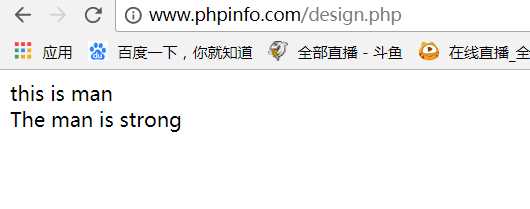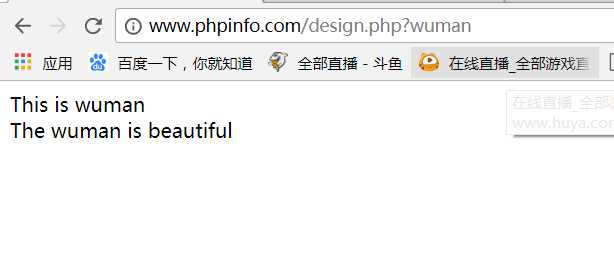标签:bubuko else 细节 运行 模式 index 未来 nbsp 参数
策略模式:
6、将一组特定的行为和算法封装成类,以适应某些特定的上下文环境。
1、 多个类只区别在表现行为不同,可以使用Strategy模式,在运行时动态选择具体要执行的行为。
2、 需要在不同情况下使用不同的策略(算法),或者策略还可能在未来用其它方式来实现。
3、 对客户隐藏具体策略(算法)的实现细节,彼此完全独立。
4、客户端必须知道所有的策略类,并自行决定使用哪一个策略类,策略模式只适用于客户端知道所有的算法或行为的情况。
5、 策略模式造成很多的策略类,每个具体策略类都会产生一个新类。
场景:假如有一个电商网站系统,针对男性女性用户要各自跳转到不同的商品类目,并且所有的广告位展示不同的广告。在传统的代码中,都是在系统中加入各种if else的判断,硬编码的方式。如果有一天增加了一种用户,就需要改写代码。使用策略模式,如果新增加一种用户类型,只需要增加一种策略就可以。其他所有的地方只需要使用不同的策略就可以。
首先声明策略的接口文件,约定了策略的包含的行为。然后,定义各个具体的策略实现类。
示例:
<?php // 声明策略文件的接口,约定策略包含的行为。 interface UserStrategy { public function showA(); public function showB(); } // 具体策略角色(ItemX):包装了相关的算法和行为。 class Man implements UserStrategy { public function showA() { echo ‘this is man‘; } public function showB() { echo ‘The man is strong‘; } } // 具体策略角色(ItemX):包装了相关的算法和行为。 class Wuman implements UserStrategy { public function showA() { echo ‘This is wuman‘; } public function showB() { echo ‘The wuman is beautiful‘; } } // 环境角色(ItemContext):持有一个策略类的引用,最终给客户端调用 class Role { private $Strategy; public function index() { $this->strategy->showA(); echo "<br>"; $this->strategy->showB(); } public function setStrategy(UserStrategy $strategy) { $this->strategy = $strategy; } } $r = new Role; if (isset($_GET[‘wuman‘])) { $strategy = new Wuman; } else { $strategy = new Man; } $r->setStrategy($strategy); $r->index();
测试结果:
1、没有get参数时

2、有get参数时

标签:bubuko else 细节 运行 模式 index 未来 nbsp 参数
原文地址:https://www.cnblogs.com/chenhaoyu/p/9063454.html